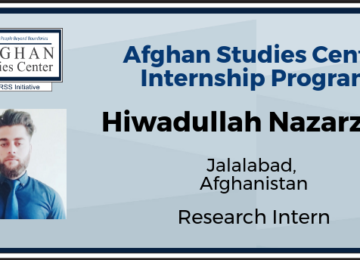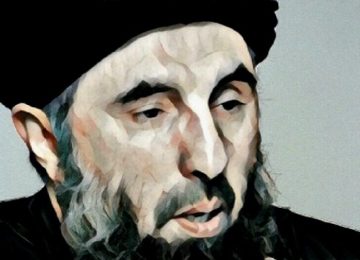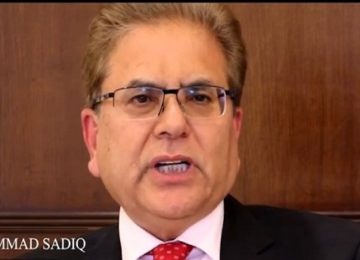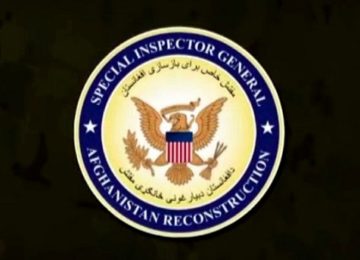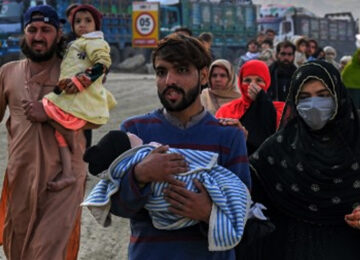One of the most important parts of the National Action Plan (NAP) was implementing the madrassa (religious seminary) reform proposal that remains ignored to date. The tough decision facing the government was and is to restructure education syllabus of madrassas as the graph of extremism has gone up and counter terrorism measures are being implemented mostly on the military level.
However, any military operation can only be deemed as a temporary measure till the house is put in order. The general laxness of purposeful focus to address the issue has continued in spite of the fact that NAP was finalized in consultation with political parties.
There are reportedly 26,465 seminaries in Pakistan (and this number does not include the ghost madrassas) official forms for which did not get the approval of the Prime Minister till September 2016. The government has procrastinated over this issue.
A story published in the Cutting Edge in March 2017 explains the nature of the mushrooming of madrassas in Pakistan. “Almost all provinces showed the same performance. Sindh, which follows a “zero tolerance policy” towards madrasa links with terrorist groups, shut down 167 seminaries, out of well over 8,000 registered madrasas. In Khyber-Pakhtunkhwa, where the Pakistan Tehreek-e-Insaf rules in coalition with the Jamaat-e-Islami and the Qaumi Watan Party, as many as 13 madrasas were shut down. Both provinces – Sindh and Balochistan – have completed the mapping task of only 60% seminaries. Punjab has the largest number of madrasas. The National Assembly was told that north Punjab had approximately 2,000 seminaries while 4,000 are located in central Punjab. A majority, around 7,000 madrasas, are located in south Punjab, hosting around 70% of all seminary students in the province. Of the cities, Multan topped the list with 1,108 seminaries, followed closely by Lahore with 1,102 madrasas. South Punjab’s cities of Muzaffargarh and Rahim Yar Khan followed with 900 and 811 seminaries, respectively. Faisalabad had 483 madrasas while Sargodha had 433.” (The Cutting Edge March 31, 2017)
However, the important aspect is knowing what is being taught in these madrassas, not only closing down a few. The important aspect also is zeroing in on ghost madrassas in the country. Ghost madrassas exist in books only receiving funding annually from the education budget (Since the 18th Amendment education is now a provincial matter and each province is responsible for this).
Where then does this funding go? And, where is it used?
According to one report, “ghost madrassas serve as revenue streams for various religious groups, most of which are engaged in militancy and violent extremism.”(August 17, 2016) These ghost madrassas also collect hides of animals among raising funds from many other methods.
The situation post 9/11 has bought the madrassas in sharper focus. The background of those who are educated in madrassas usually hail from improvised, economically and education wise backward areas taught by mullahs with their own interpretation of Islam. Yet to state that all seminaries do this is taking a narrow view of the issue. Whereas this may not be a case, it does remain a need to mainstream the madrassas, audit their accounts, and close all ghost madrassas across board.
The Sunni-Shia conflict that has spread worldwide has also been used by powers to serve their ends. “Another problem, which is linked with the current security situation in our society, is the various sectarian schools getting their funding and backing from Saudi Arabia and Iran while dividing Pakistani society into various sects.” (Sajid Kamal, Jan. 24, 2014) This division of society has been instrumental on creating wide chasms in the social fabric of the Pakistani society based on religious and sectarian fault lines. As a result many extremist outfits draw from the pool. Hakeemullah Mehsud and Mullah Omar are two known examples of madrassa students.
Increase in madrassas reflects upon failure of state to provide decent education to its people. The importance becomes magnified for those who cannot afford one themselves and choose the option of madrassa education. As the state stepped back from focusing on its priorities, madrassas stepped in and gained space to fill the gap. The state has failed to fulfill its legal obligation to citizens as enunciated in Article 25 A of Constitution of Pakistan 1973:
Right to education:
“The State shall provide free and compulsory education to all children of the age of five to sixteen years in such manner as may be determined by law.”
This gap has led to moving in of the extreme rightist elements, often though not always, interpreting religion of their choice. The students graduating from these seminaries are completely oblivious to the subjects that can win them good places in the employment market such as business, law, economics et al. Their applicability usually remains restricted to set ups like the madrassas they graduate from and/or the people who run them.
This situation is a vicious cycle that is going worse for Pakistan with time creating yearly young people with a given mindset, divorced from mainstream education and thereby unfit to be adjusted in work environment. It is a huge challenge for the state of Pakistan. The more the procrastination, the more cancerous the issue becomes.
Political compromises cannot continue to be a reason for not taking on the issue head-on.
The writer Yasmeen Aftab Ali is a lawyer, academic and political analyst. She has authored a book titled ‘A Comparative Analysis of Media & Media Laws in Pakistan.’ She can be contacted at: yasmeenali62@gmail.com and tweets at @yasmeen_9
Originally published on CRSS blog.
© Center for Research and Security Studies (CRSS) and Afghan Studies Center (ASC), Islamabad.




